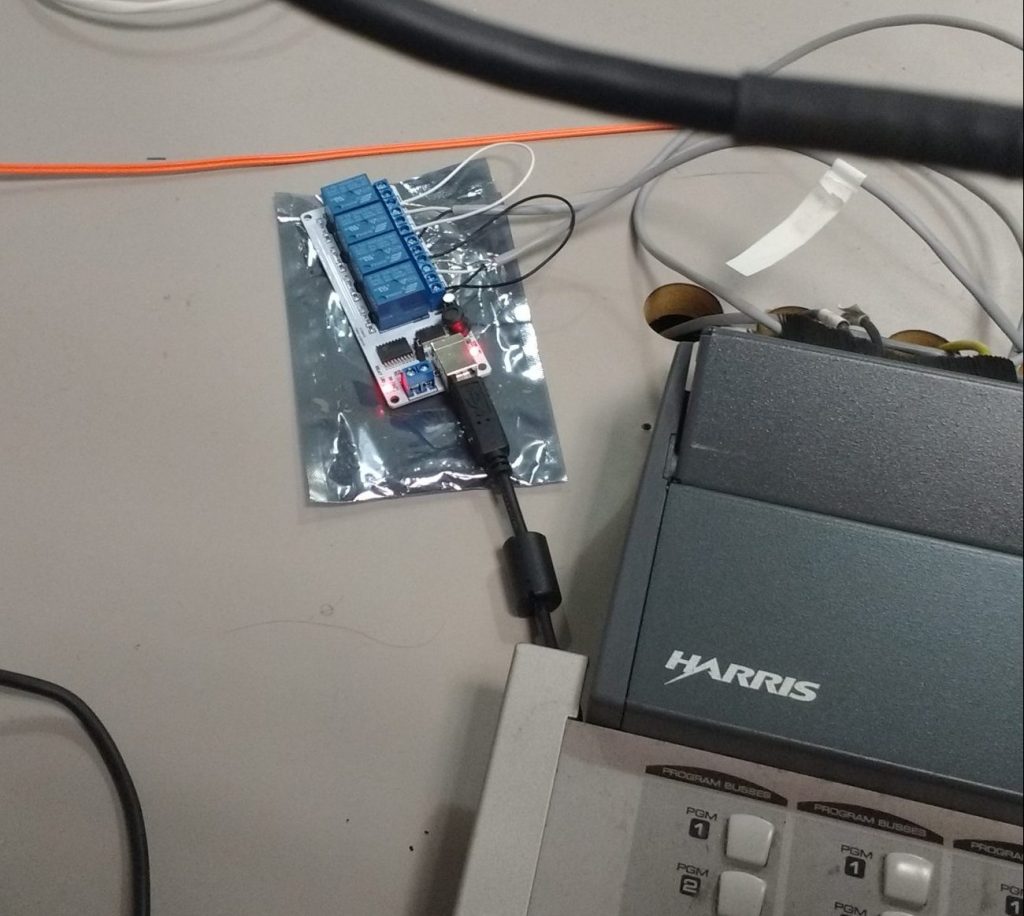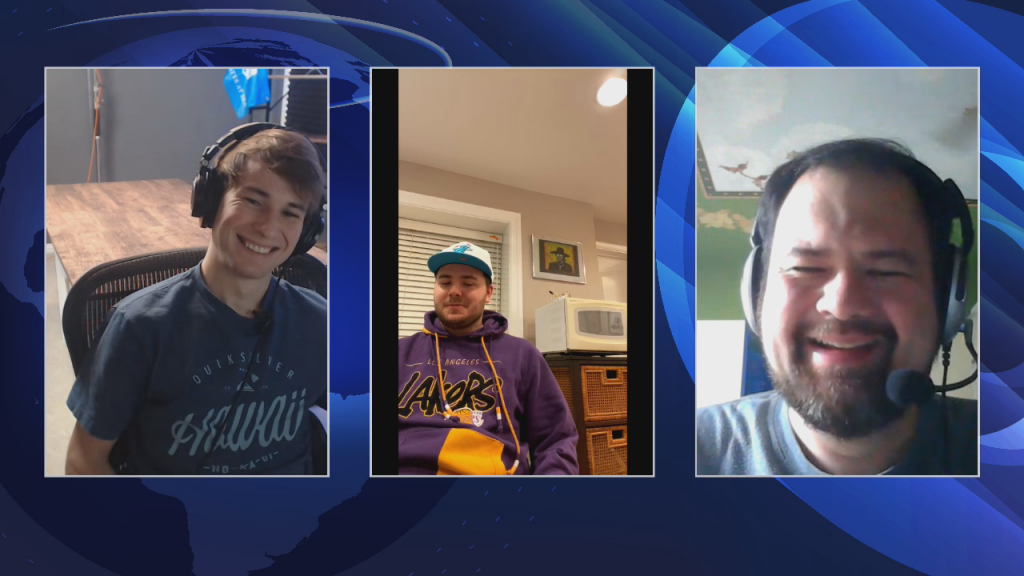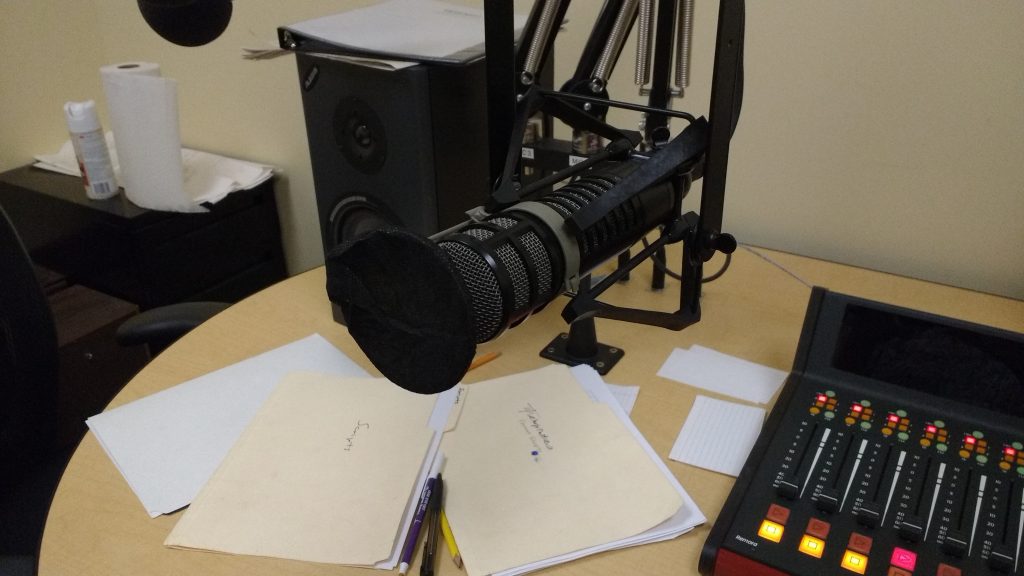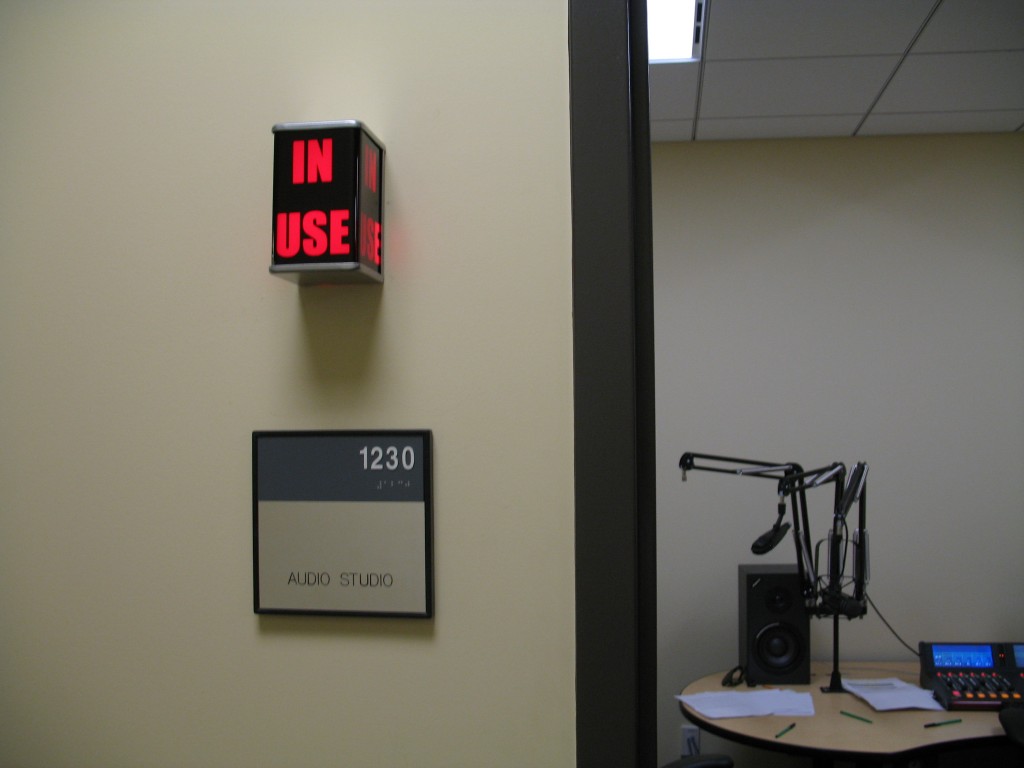During the Summer, we had lots of discussions internally about how student media could continue without our students having access to the spaces and equipment that they use on a daily basis. It took some serious effort, but we devised ways to continue operations in spite of the challenges posed by building closures, social distancing requirements and massive hits to our budget.
I’m very proud of how we managed to substantially transform our operations. It is a testament to the flexibility and ingenuity of both professional staff and students. Unfortunately, this amazing achievement has gone unnoticed by our administration and others.
I am going to share some of the details on what we did.
I first began looking into ways of increasing remote work after suffering a health scare in July 2019 . That way I could continue working if my health deteriorated further. I worked with our central IT department to set up VPN (Virtual Private Network), a way to access our internal network from home. VPN has been the linchpin to everything we have done. A silver lining to spending a day in the emergency room and nearly a month off of work.
Mason Cable Network, our television station, started producing 100% remote shows in September. To date, we have produced a dozen remote shows. Most of the shows are produced using vMix’s Call functionality. From a user’s perspective, vMix Call is identical to other video conferencing services like Zoom or WebEx. You just visit a website with a device with a camera (i.e., laptop with webcam, smart phone).
However, the difference is vMix allows you to have all the features of a audio/video mixer, including switching among camera angles, inserting graphic overlays, manually adjusting audio levels, etc. In other words, you can have a full-fledged television show versus the standard grid you get with video conferencing services.
Luckily for us, we already owned vMix. We originally purchased it for instant replay purposes for the sports broadcasts we do for ESPN+. Since Fall sports were postponed, we were able to redeploy vMix for remote broadcasts. The computer with vMix has remained in our office and the technical director connects to it using VPN and VNC (Virtual Network Computing), a way of sharing the desktop of a machine over a network.
We use Zoom as an IFB (Interruptible foldback) to cue talent and general communication purposes.
For WGMU, our radio station, we also use VPN and VNC to control our computer-based radio automation system and upload new songs. Using a radio automation system is nothing new for us – we’ve been using one for years.
However, our workflow primarily revolves around having a DJ in the studio working the console and speaking into a mic.
To enable a 100% remote workflow, I purchased a $23 USB controlled relay off of Amazon and jerry-rigged a way to toggle inputs on the console on and off using the same computer the radio automation software is on.

USB relay used to remotely turn inputs on our radio console on and off. I’ll permanently mount it when I have a spare moment – which means in a year or two.
Theoretically, a DJ could send audio to the Comrex Access unit in our studio, use the USB relay to control the board remotely and VPN/VNC to control the radio automation software. Normally, we use a portable Comrex Access unit during basketball games to send game audio to the rackmount Comrex Access in our studio. However, the Comrex Access supports a SIP mode, which means we don’t need specialized hardware or software and can use any off-the-shelf VOIP (Voice over IP) software. Comrex (and I) recommend Linphone, a free VOIP software. By using freely available software, we don’t have to worry about each DJ having expensive equipment.
Unfortunately, I say “theoretically” since no DJ has taken us up on the offer to do a completely remote show. Still, we have used the system I jerry-rigged to reset everything after a power outage or a session with a particularly novice DJ.
Since all DJs are currently doing in-person shows, we had to invest in ways to keep them safe. Unfortunately, this has been extremely labor intensive as we have to clean the studios between each show. To manage the increased workload, we’ve had to limit studio sessions to two days a week. We also have to let the studios air out between shows as well (initially one hour, which we later reduced to 30 minutes due to demand). Everyone has to wear gloves and we put disposable mic covers on the pop filters. I wanted to purchase air purifiers for all the studios, but our University’s Environmental Health and Safety Office rejected that as “unnecessary”, even though research has shown Coronavirus is primarily transmitted through droplets in the air and DJ’s are doing shows without masks (albeit alone).
Our literary journals long ago switched to a mostly remote workflow, so they have been the least affected by Coronavirus-related precautions. Most of our journals use Submittable to accept and manage submissions. Ironically, Phoebe, our oldest literary journal, just launched the Incarcerated Writers Project, which solicits writings from people in prisons and all submissions are mailed in.
Probably the hardest hit of all of our groups has been Fourth Estate, our newspaper. While they continue to regularly post things on their website, they ceased printing a newspaper for financial and logistical reasons. We rely on advertising to support printing our paper and newspaper advertising has all but disappeared. Historically, we have distributed newspaper in racks placed around campus. Who is going to pick up papers out of the racks when the dorms are less than half full and most students are not coming to campus since their classes are online?
I have a feeling that we may never resume printing a paper, which bums me out.
To end on a happy note, I’m proud that GMU Student Media has enabled our students to exercise their first amendment rights in spite of everything going on right now. It certainly hasn’t been easy.


